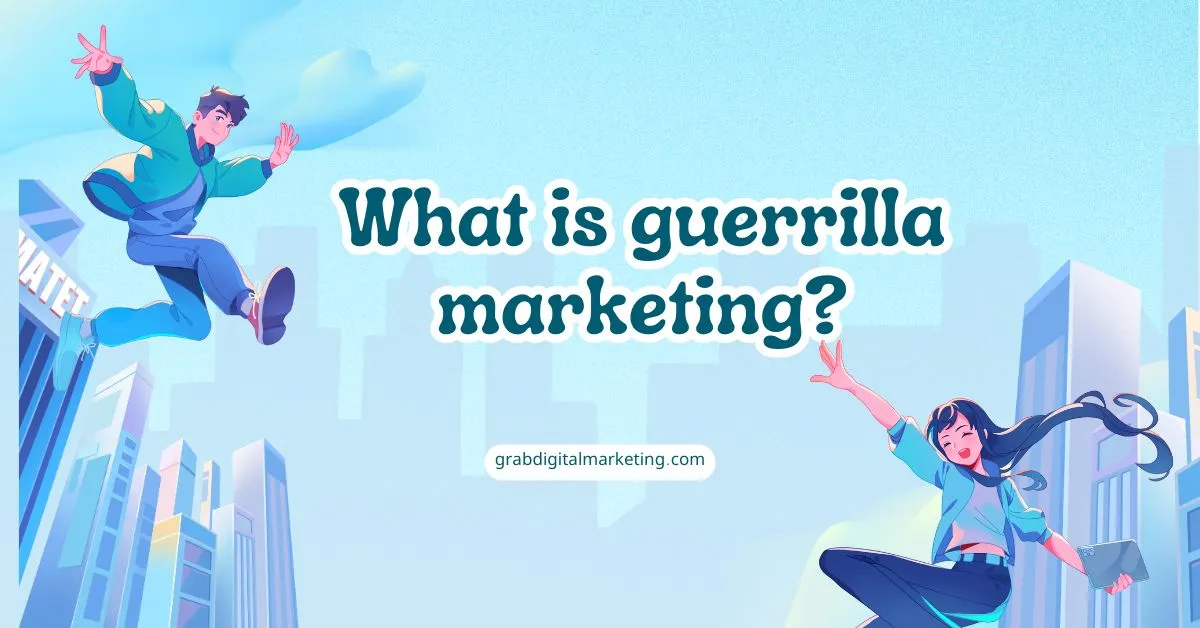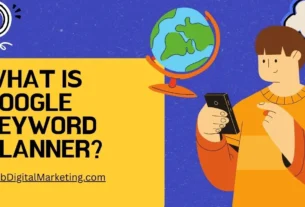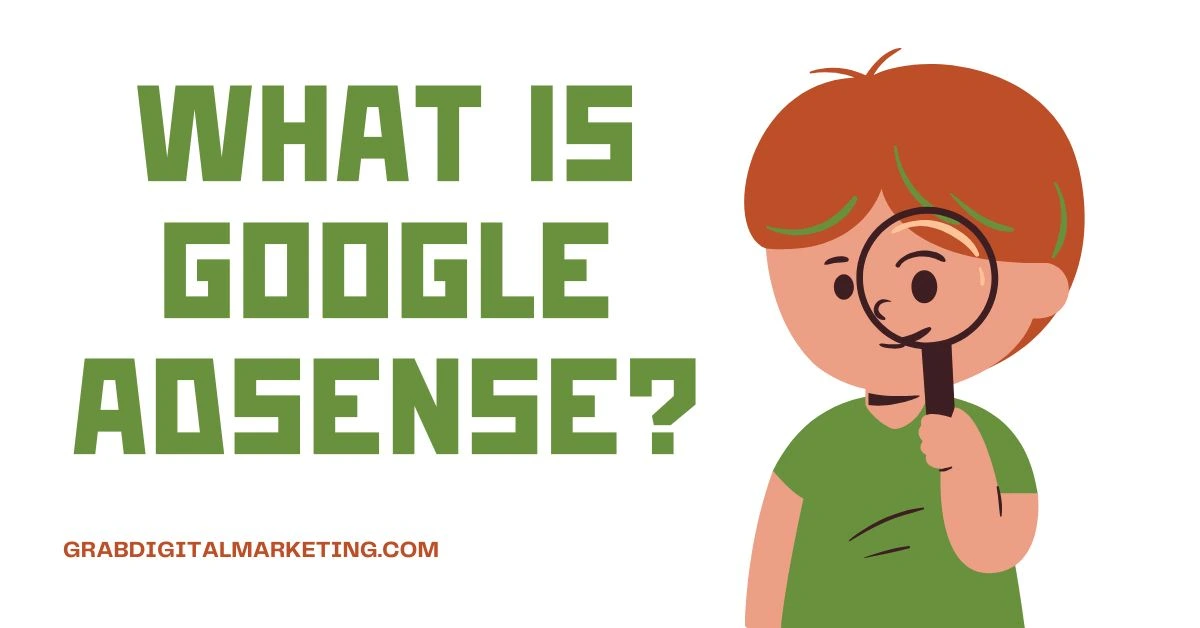In the dynamic world of marketing, where businesses constantly vie for consumer attention, the emergence of guerrilla marketing has redefined how brands connect with their target audiences. Rooted in creativity, innovation, and unconventional tactics, guerrilla marketing challenges traditional advertising norms. This essay delves into the essence of guerrilla marketing, exploring its origins, principles, benefits, challenges, and real-world examples that showcase its power.
Table of Contents
Origins and Philosophy
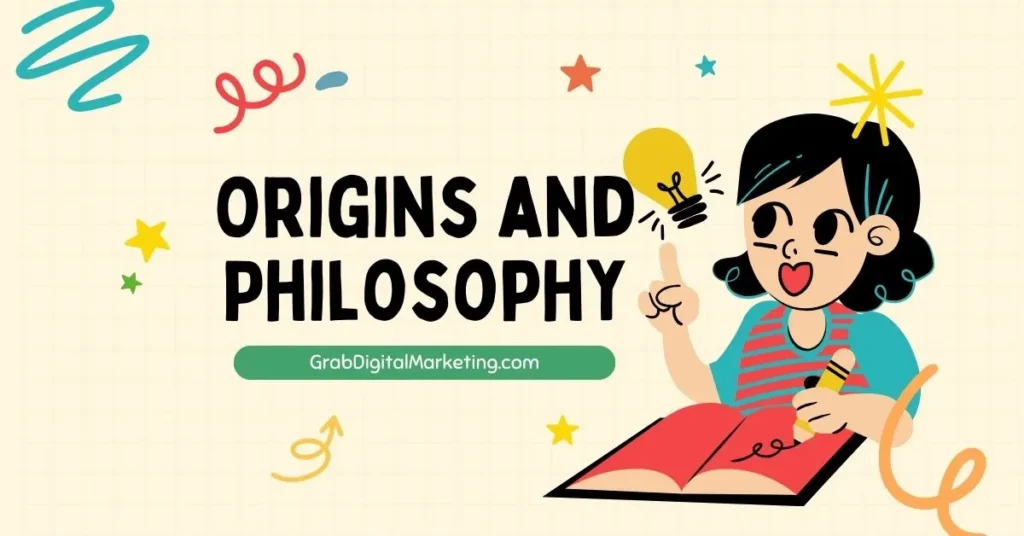
The term “guerrilla marketing” was popularized by Jay Conrad Levinson in his 1984 book Guerrilla Marketing. Borrowing the term “guerrilla” from military strategy, Levinson emphasized small, strategic, and creative efforts to achieve significant results. Just as guerrilla warfare relies on surprise, adaptability, and minimal resources, guerrilla marketing thrives on unexpected and imaginative tactics to capture attention.
Unlike traditional advertising, which often requires substantial budgets for TV commercials, billboards, and print ads, guerrilla marketing focuses on ingenuity and low-cost methods. It aims to engage audiences emotionally, leaving a lasting impression. This approach is especially appealing to small businesses, startups, and non-profits with limited marketing budgets.
Key Principles of Guerrilla Marketing
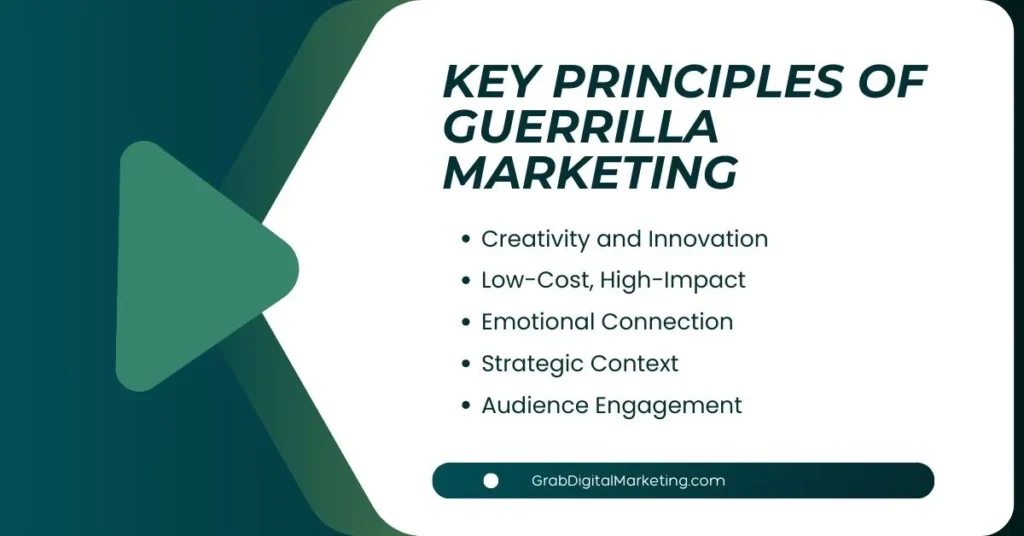
- Unconventional Creativity: Guerrilla marketing revolves around thinking outside the box. It leverages humor, surprise, and unique ideas to make campaigns memorable.
- Audience Engagement: Effective guerrilla campaigns actively involve the audience, fostering interaction and participation.
- Adaptability: Flexibility and quick adaptation are essential to respond to unforeseen challenges or capitalize on spontaneous opportunities.
- Low Cost, High Impact: Cost-effectiveness is a hallmark of guerrilla marketing. The focus is on maximizing reach and impact without significant financial investment.
- Viral Potential: Guerrilla campaigns often aim to go viral, leveraging social media to amplify their reach far beyond their original audience.
Types of Guerrilla Marketing
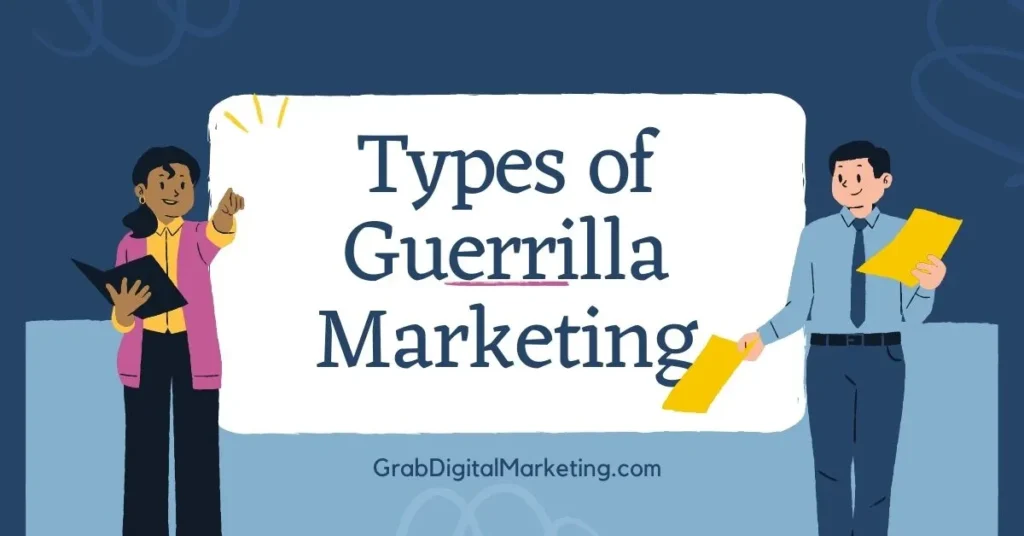
Guerrilla marketing encompasses a variety of approaches, each tailored to different settings and objectives:
- Ambient Marketing: Creative use of physical spaces, such as bus stops, sidewalks, or buildings, to deliver messages. For example, a stairway painted to resemble piano keys engages passersby.
- Experiential Marketing: Engaging consumers through live events or interactive installations. Flash mobs or pop-up experiences are popular examples.
- Viral Campaigns: Online content designed to spread rapidly through social media sharing, often using humor, emotion, or shock value.
- Street Marketing: Direct engagement with audiences in public spaces, such as handing out samples or using chalk art to convey a message.
- Stunt Marketing: Dramatic, attention-grabbing acts that create buzz, like launching a car into space or organizing a massive treasure hunt.
Real-World Examples

- Coca-Cola’s “Happiness Machine”: Coca-Cola placed vending machines in public areas, dispensing not only drinks but also surprise items like flowers, sandwiches, and balloons. This campaign delighted audiences and reinforced the brand’s message of spreading happiness.
- IKEA’s “Sleepover Event”: IKEA invited customers to a sleepover in their store, complete with movie screenings, massages, and bedtime snacks. This experiential campaign showcased the comfort and quality of their products while creating a memorable experience.
- Burger King’s “Whopper Sacrifice”: In a daring digital campaign, Burger King encouraged Facebook users to unfriend 10 people in exchange for a free Whopper. This controversial yet effective campaign generated significant buzz and engagement.
Benefits of Guerrilla Marketing
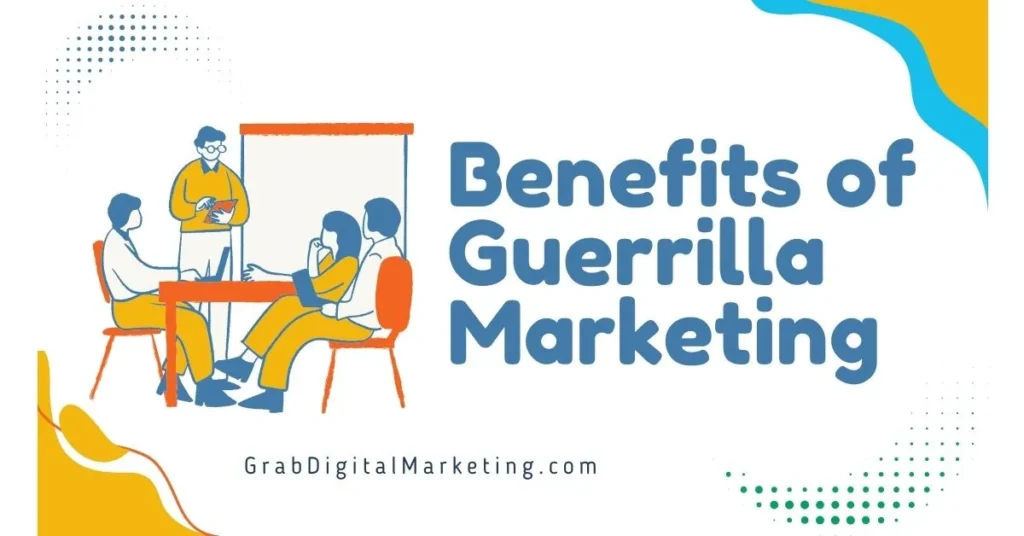
- Memorability: The unique and surprising nature of guerrilla campaigns ensures that they leave a lasting impression on audiences.
- Cost-Effectiveness: Guerrilla marketing offers a high return on investment, making it an attractive option for businesses with limited budgets.
- Emotional Connection: By engaging audiences on a personal level, guerrilla campaigns foster brand loyalty and trust.
- Amplification Through Social Media: Viral campaigns can exponentially increase reach and visibility, enhancing brand recognition.
Challenges and Risks

Despite its advantages, guerrilla marketing is not without its challenges:
- Misinterpretation: Unconventional tactics can sometimes be misunderstood, leading to negative publicity.
- Legal Issues: Campaigns that involve public spaces or stunts may face regulatory hurdles or legal consequences.
- Unpredictability: The success of guerrilla campaigns often depends on external factors, such as audience reactions or media coverage, which are difficult to control.
The Future of Guerrilla Marketing
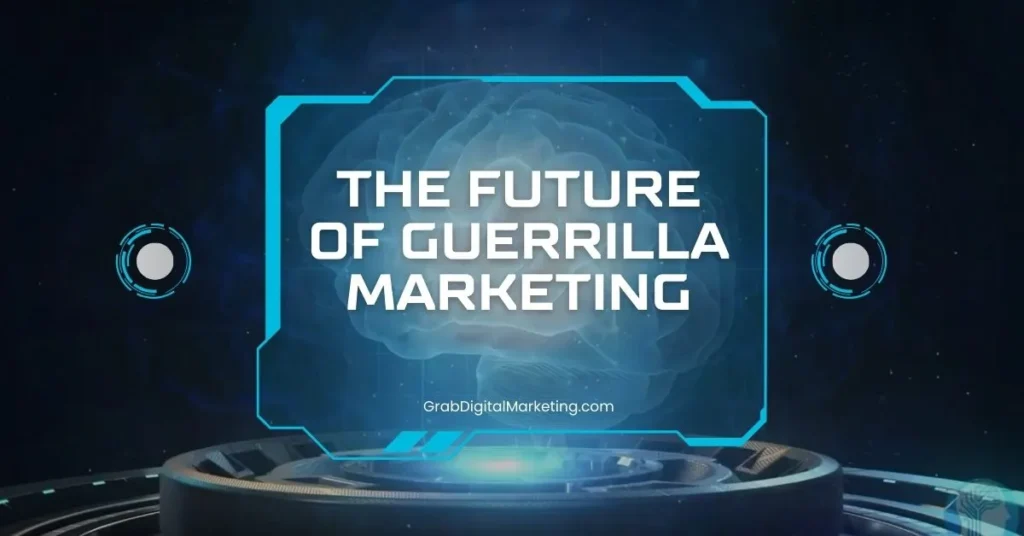
As technology continues to evolve, guerrilla marketing is poised to embrace new tools and platforms. Augmented reality (AR), virtual reality (VR), and artificial intelligence (AI) offer exciting opportunities to create immersive and personalized experiences. Furthermore, the rise of environmental consciousness is likely to inspire eco-friendly guerrilla campaigns that resonate with socially responsible audiences.
Conclusion
Guerrilla marketing represents the art of doing more with less. It harnesses the power of creativity and innovation to captivate audiences, foster emotional connections, and achieve remarkable results. While it comes with its share of challenges, the rewards of guerrilla marketing make it a valuable strategy for businesses seeking to stand out in a crowded marketplace. By embracing the principles of surprise, engagement, and adaptability, brands can unlock the full potential of guerrilla marketing and leave an indelible mark on their audiences.

